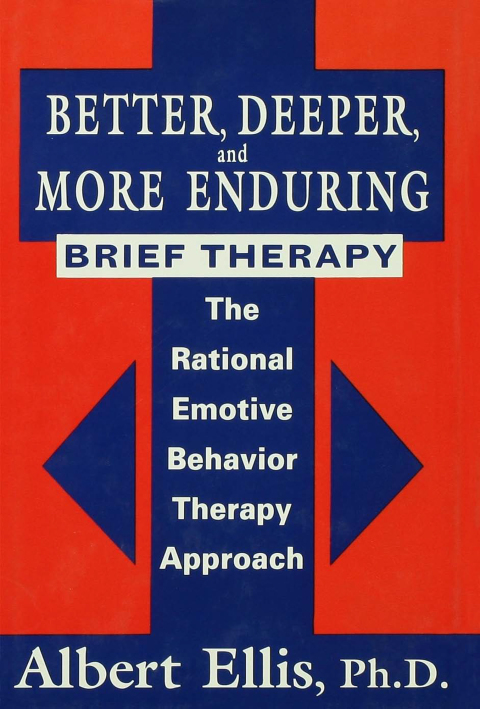Description
Efnisyfirlit
- Cover Page
- Half Title page
- Title Page
- Copyright Page
- Dedication
- Contents
- Acknowledgments
- List of Contributors
- Frontmatter
- 1 Introduction
- Notes to Chapter 1
- 2 Just What Is Rational Emotive Behavior Therapy?
- Notes to Chapter 2
- 3 Probing for “Deep” Emotional Problems
- Notes to Chapter 3
- 4 Discovering Important Antecedents that Lead to Disturbances
- Notes to Chapter 4
- 5 How to Deal with Real Traumas in Your Clients’ Lives
- Notes to Chapter 5
- 6 Exploring Clients’ Belief Systems: Ego-Driven Musts
- Empirical Disputing
- Logical Disputing
- Pragmatic and Practical Disputing
- Notes to Chapter 6
- 7 Treating Clients with Ego and Self-Rating Problems “Deeply” and “Intensively”
- 8 Disputing Angry and Hostile Musts Directed at Others
- Notes to Chapter 8
- 9 Disputing Low Frustration Tolerance Musts
- Notes to Chapter 9
- 10 Using REBT Emotive Methods for Deep and Intensive Change
- Rational Emotive Imagery
- Shame-Attacking Exercises
- The Use of Humor
- Teaching Unconditional Self-Acceptance (USA)
- The Use of Other REBT Emotive and Vivid Methods
- Forceful Arguments in Support of Clients’ Rational Beliefs
- Forceful Rational and Irrational Belief Zig-Zag Dialogue
- Forceful Two-Chair Rational and Irrational Dialogue
- Notes to Chapter 10
- 11 Behavioral Methods for Effecting Brief and Intensive Psychotherapy
- In Vivo Densensitization
- Staying in Difficult Situations
- Using Reinforcement Methods
- Using Punishments and Penalties
- Possible Disadvantages of Behavioral Methods
- Notes to Chapter 11
- 12 Methods of Brief but Less Deep and Intensive Therapy
- Using Clients’ Resources and Talents
- Solution-Focused Therapy
- Show Clients Their Successes and Assets
- Positive Visualizations and Affirmations
- Have Many Different Techniques Available
- Emphasizing Relationship Methods
- Showing Clients that they can Change
- Normalize Clients’ Disturbed Feelings and Actions
- Distraction Methods
- The use of Religious and Spiritual Methods of Psychotherapy
- Notes to Chapter 12
- 13 More Methods of Brief but Less Deep and Intensive Therapy
- Using Encouragement and Support
- Enhancing Clients’ Self-Esteem
- Helping Clients Gain Insight into Their Disturbances and Inadequacies
- Experiential Therapy
- Paradoxical Interventions
- Time-Limited Therapy
- Staying in the Present
- Notes to Chapter 13
- 14 Better, Deeper, and More Intensive Methods of Brief Therapy
- Disputing Absolutistic, Rigid, Irrational, Dysfunctional Beliefs
- Realistic Expectations of Change
- Accepting the Worst Possibilities
- Anti-Whining Philosophies
- Uprooting the cant of I-can’t-Ism
- Commitment to Working for Change
- Balanced Thinking, Feeling, and Behaving
- Achieving Self-Actualization
- Using Self-Help Materials
- Notes to Chapter 14
- 15 Verbatim Transcript of a First Session of REBT Brief Therapy*
- Case Illustration
- The First Session
- Follow-Up
- Some Questions about the Treatment
- Notes to Chapter 15
- 16 Some Conclusions
- Helping Clients Change their Thinking and their Language Habits
- Relapse Prevention
- The Preventive Use of Rational Emotive Behavior Therapy and Cognitive Behavior Therapy
- A Somewhat Postmodernist Final Word
- Notes to Chapter 16
- Bibliography
- Name Index
- Subject Index






Reviews
There are no reviews yet.